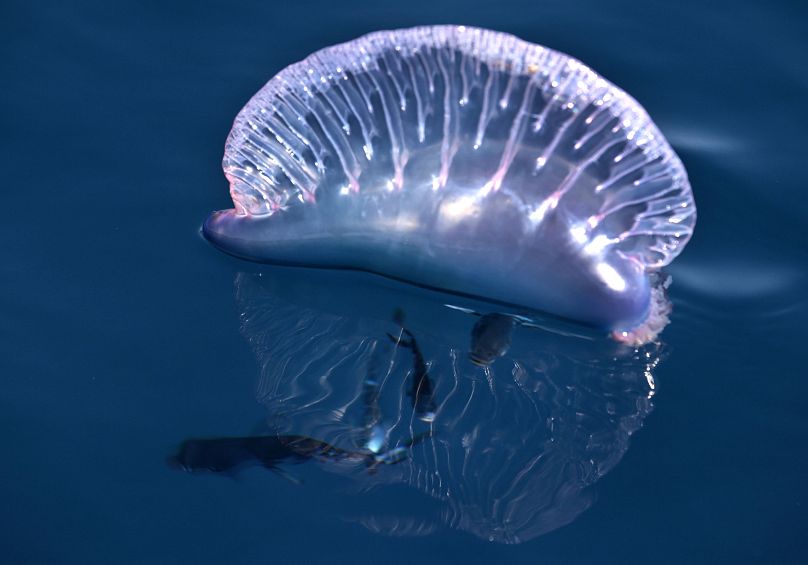Coastal waters around Scotland can expect to see large numbers of jellyfish this summer, MSC reports.
Scotland is the latest country to have its shorelines hit with an influx of jellyfish.
The Marine Conservation Society (MSC) has announced the country can expect a ‘bumper year’ for sightings of the marine creature, a phenomenon that has become increasingly common in Europe over the last few years.
Already the Scottish Highlands, Western Isles and Ayrshire have reported large numbers of jellyfish. Though Catherine Gemmell, an MSC Scotland conservation officer, says “it is too early to tell just yet,” if said ‘bumper year’ will actually materialise.
The MSC has been reporting on jellyfish for 20 years and encourages locals to report any sightings themselves via its website.
Jellyfish are considered a strong indicator of changes in ocean temperatures and key to monitoring what is happening in our waters.
Are the jellyfish dangerous?
Various species have been identified off Scotland’s shores, including the Moon, Compass and Lion’s Mane jellyfish. All three can sting, so anyone who comes across the creatures is advised not to touch them, even if they’re found dead on the beach.
While they might not be too harmful to people, pets are at risk, so travellers are advised to exercise caution when walking their dogs.
Jill Thomson, veterinary manager at Scotland’s Rural College, advises owners to keep their dogs on the lead to avoid them accidentally eating or picking up harmful jellyfish components. If they’re stung, it could lead to allergic reactions that will require treatment.

How is marine life changing across Europe?
Scotland isn’t the only place experiencing an invasion of jellyfish. Just this week, the Mediterranean Sea broke a record for its warmest surface temperature ever, hitting 28.7 degrees.
This is a likely contributor to more jellyfish sightings than usual, since the creatures thrive in warmer, deoxygenated waters.
Earlier this year, thousands of colonies washed up on the shores of Malta and Gozo, surprising locals and tourists and making swimming in many popular bays impossible.
In Spain last week, beachgoers were disrupted by sightings of the Portuguese Man-o-war, a jellyfish-life creature with tentacles reaching up to 50 metres and a sting that can be extremely painful. The creatures were spotted offshore near multiple beaches along the northern coast, including in tourist-favourite San Sebastián.
Warming waters are changing the way marine life lives and moves.
In 2022, a UN case study revealed that over 1,000 non-indigenous marine species had been found in the Mediterranean, with over half having set up permanent residence. These included pufferfish, lionfish jellyfish and prawns, amongst others.
Source : Euronews











